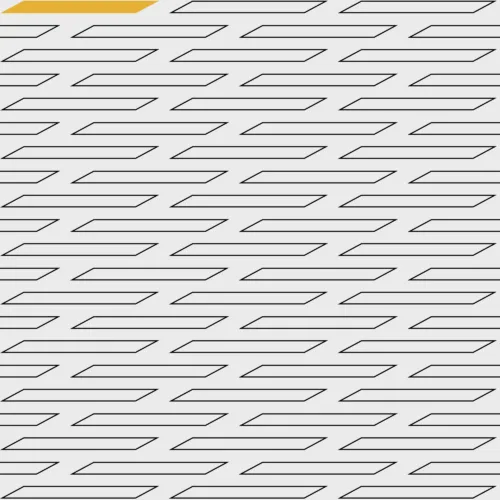Market commentary Q2 2021
Recent market surveys continue to paint an improved medium-term picture as market activity continues to increase, with a new normal being established following the end of all restrictions in July/August giving rise to greater optimism.
However, the Scottish construction sector is now facing a growing threat to continued recovery from the combination of sharply increasing material costs and widespread shortages. According to the Federation of Master Builders (Scotland) 98% of their members were experiencing difficulties, with the trend expected to continue at least into Q32021. Many material prices have increased by over 30% and are also subject to extended lead times or restricted quantities per order.
Market Outlook
The impact of the pandemic is still being felt by the whole economy with GDP reducing Globally by 3.5% in 2020 with the UK suffering the worst drop of the G7 nations at 9.9%. This was mirrored in the construction sector with an overall reduction in activity of over 10%.
Forecasts for GDP now indicate the bounce back which started in late 2020 continuing at a greater level in 2021 with an increase of 7%, returning to its pre-pandemic level with a 5% increase in 2022. This will be followed by increases of around 2% in each of the following three years. This would suggest that the growth in total construction output should start to increase marginally or will at least remain static in the short term given the significance of the sector to the economy.
The latest RICS Market Survey reports that most Scottish Quantity Surveyors workload expectations have improved further in the last quarter with responses generally anticipating workloads to increase by up to 10% over the next year. Increases are expected across all sectors with the strongest growth still being seen in the private residential and infrastructure sectors.
The following forecasts are based on a middle of the road set of assumptions with regards to trade restrictions and access to labour and no further complete lockdown due to Covid-19. However, the figures could vary by +/- up to 5% per annum over the period of the forecast depending on the medium-term implications of Brexit on trade and current material shortages.
Tender Price Update
Tender prices rose by 0.9% over the last quarter but fell by 1.2% when compared with the same quarter in 2020. Tender prices started rising in the second quarter of 2021 with contractors being unwilling to continue absorbing the additional cost of working under the Covid-19 guidelines. In addition, sharply increasing material costs and strong demand over the last 6 months are driving tender increases.
The forecast for the following 5 years indicates strong tender price increases of around 4% per annum driven by improved growth in most sectors, giving rises more than input costs. The only exception being 2022 where lesser demand cause by increased costs could reduce tender price increases for a short time, but this does appear likely at present.
Given the above, over the next five years tender prices are currently forecast to rise by 21% overall, the same increase as the last forecast.
Building costs rose by 2.2% in the last quarter when compared to the previous quarter and by 4.7% from the same quarter a year ago. Overall, costs are expected to continue to rise over the next 5 years, with increases around 3% per annum over the next five years, except for a dip in 2022 to 1%, likely to result from dampening demand.
Building costs are forecast to rise by 15% in total over the next 5 years, a fall of 2% from the previous forecast. Materials prices rose by 4.6% in the last quarter and by 10.0% when compared with the previous year, average increases of around 15% per annum are now forecast over the next 5 years, up from the 13.5% previously forecast.
The main factors driving ongoing price increases include oil price rises, lack of supply during the remainder of the Covid-19 crisis and new post Brexit import tariffs. Wage awards were negligible in 2020 and are expected to be around 3% per annum for the next 5 years, generally in line with inflation.
Overall, the forecasts continue to fluctuate regularly because of the Covid-19 pandemic, the developing impact on trade following the withdrawal from the European Union at the end of 2020 and the volatile nature of global trade at present.
Construction Output Forecast
Total construction output only increased by 2% in 1Q2021when compared with the previous quarter. This represents a further drop from the previous report and a significant reduction from initial bounce back over last summer following the easing of the nationwide lockdown and resumption of non-essential works. Overall, it remains 6% down from April 2020, with new work output following a very similar trend.
Comparisons of new work output over the quarter showed most sectors increasing, but over the last year every sector showed reductions, somewhat surprisingly higher than previously reported, given the easing of restrictions last summer.
Average decline was between 5% and 20% but with a 29% decrease for public housing. Over the period of the forecast, new work output is expected to bounce back by 9.1% in 2021, initially lead by the infrastructure and private housing sectors, before returning to lower levels of annual growth of around 4.5%. In total, new work output level in 2025 is forecast to be 20% less than forecast back in January 2020.
Expenditure on repair and maintenance is also forecast to increase, this is being driven by homeowners and the adaptation of commercial premises to suit new working practices.
Sign up for news
Receive email updates from Thomson Gray direct to your inbox:
- Subscribe to Practice News
- Subscribe to Market Outlook
